We usually swap the factory-made halogen headlights to LEDs for brighter lighting, enhanced durability, and the right beam in reflector and projector headlights.
But they generate excess heat, which is why they feature a cooling unit to help reduce temperature. When looking for LED headlights, you’ve to choose between fan and fanless LEDs.
Let’s see how they compare so you can easily make up your mind.
Fan vs Fanless Led Headlights: How Do They Differ?
| Comparing Factors | Fan LED Headlight | Fanless LED Headlight |
| Appearance | Compact and simple | Complicated |
| Brightness | More | Less |
| Cooling | Faster | Slower |
| Heat sink | Smaller | Bigger |
| Power consumption | More | Less |
| Operation | Noisy | Noiseless |
| Lifespan | Shorter | Longer |
| Maintenance | More | Less |
| Price | Comparatively more expensive | Comparatively less expensive |
Look
Fan LED headlights have a compact, stable, and simple structure while the passive cooling systems of fanless models make them a bit complicated.
Brightness
Fanless LEDs emit comparatively dimmer and weaker light than fan LED headlights but their brightness remains consistent.
The heatsink of the fanless LED headlights is slightly bigger than their fan counterparts.
Power
Fan LED lights need more power to operate because the fan also runs along with the light.
On the contrary, fanless LEDs are more energy efficient as there is no fan attached to them.
Cooling
Fan LED bulbs have an active cooling system as the fan directly cools down the chip.
On the other hand, fanless models use passive cooling mechanisms like braided heatsinks or internal drivers to reduce the heat. These systems use natural wind as a heat absorbing component.
It is worth mentioning that the active cooling system is faster in action in dissipating heat than the passive cooling system.
Operation
LEDs that come equipped with fans are noisy as the fan produces sound as it rotates. As it’s obvious, fanless models are completely noiseless.
Maintenance
Both types don’t require extra maintenance from your end but because of having different cooling systems, fan LEDs may require frequent replacement after failure.
Moreover, the fans of fan LED headlights can collect dust if they are not properly sealed, requiring extra cleaning.
Lifespan
The more heat a bulb produces, the more damage it will suffer from.
Fan LEDs generate more heat to illuminate more brightness, which results in a shorter lifespan. Moreover, the fans attached to them may also suffer from failure.
On the other hand, fanless LEDs generate less heat as they are not as bright as their counterparts. For this reason, they typically last longer.
Keep in mind that if the airflow is not sufficient to reduce the temperature of fanless LEDs then they can also not live up to their expectations.
To give you an exact idea, fan LED lights have a lifespan of 30,000 – 50,000 hours while fanless models will last 50,000 – 70,000 hours.
Price
Although the price ranges for both bulbs are almost the same ($30-$60), we found that fanless models are relatively cheaper than models with fans.
Advantages and Disadvantages of Fan Led Headlights
Pros
- Faster heat elimination
- No external cooling units needed
- More brightness
- Simple structure
Cons
- Noisy
- Fans may gather dust
- Requires additional power
- High maintenance
- More expensive
- Less energy efficient
- Shorter lifespan
Advantages and Disadvantages of Fan Led Headlights
Pros
- Power efficient
- Noiseless
- Low maintenance
- Longer lifespan
- Less expensive
- Doesn’t attract dust
Cons
- Heat sink requires continuous condition checking
- Slower cooling mechanism
- Less bright
- Complicated structure
Fan vs Fanless Led Headlights: Which One to Choose?
Now that you know all the ins and outs of these bulbs, I guess you can make your own decision.
But if you ask us, we’ll recommend the fanless LED bulbs as they are energy-efficient, longer lasting, noiseless, and cost-efficient.
The only positive side of the fan LEDs worth mentioning is their higher illumination. So if you are okay with a slightly less bright light then the fanless models are clear winners with many necessary advantages.
FAQs
1. Do LED headlights overheat?
Ans: Yes, they can overheat as the heat production and heat loss is not equal for them.
But they come with a heatsink that helps lower the high temperature and reduce the light and chip from overheating.
Keep in mind that the heatsink requires continuous condition checking for any unusuality.
2. Are fanless LED headlights good?
Ans: Yes, of course. In fact, they are better than fan LEDs with advantages like energy efficiency, reduced noise production, enhanced durability, and cost-efficiency.
3. Do LED headlights draw less power?
Ans: Yes, indeed. Actually, the biggest benefit of LED bulbs is their energy efficiency.
Where halogen headlights only transfer 20% of energy to light, these LED headlights can transfer almost 80% of the energy. This means they require less power to produce the same amount of light.
For example, with only 20 watts of energy, LED lights can produce around 2000 lumens of light whereas halogen needs 125 watts to reach the same goal.
4. Will LED headlight bulbs melt the housing?
Ans: No, they won’t. It’s true that LED bulbs produce a lot of heat but this heat becomes neutral by their cooling systems, such as aluminum heat sinks, high-speed fans, copper substrates, and copper heat pipes.
The same goes for inferior LED headlights too. But the overheating issue in them may reduce their overall lifetime.


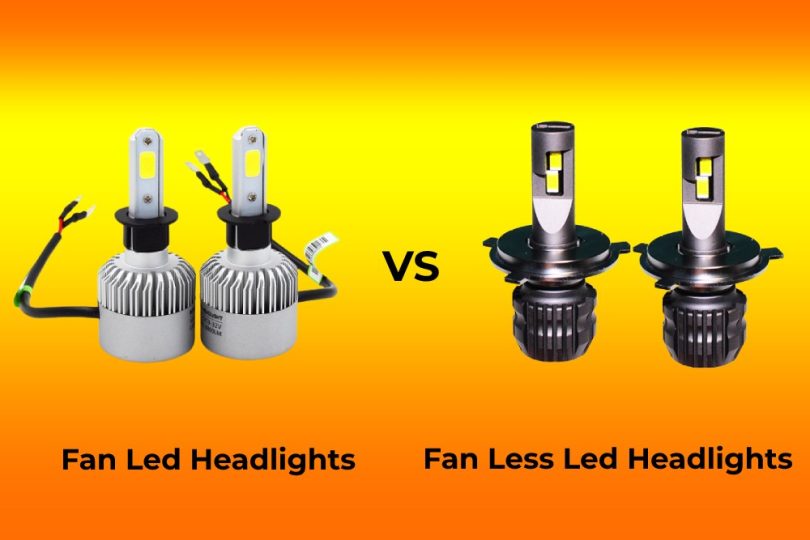

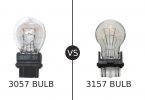

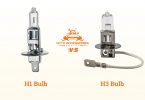
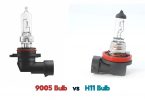
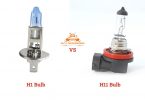

Leave a Comment